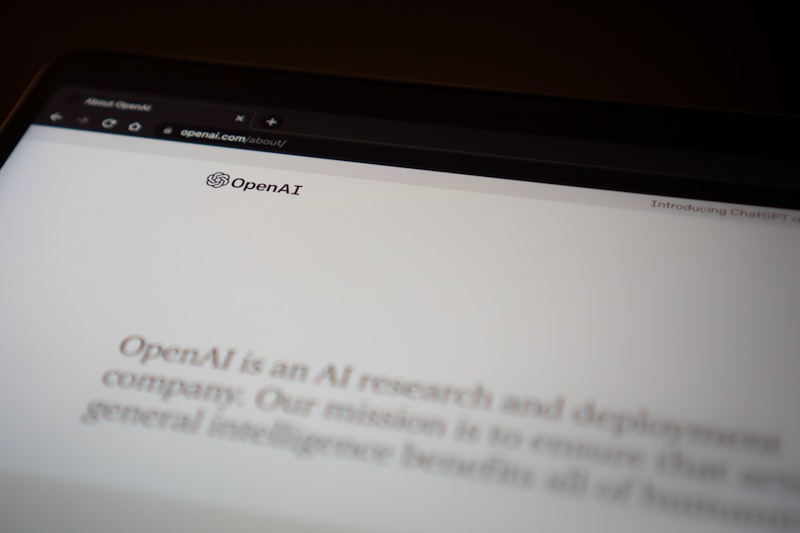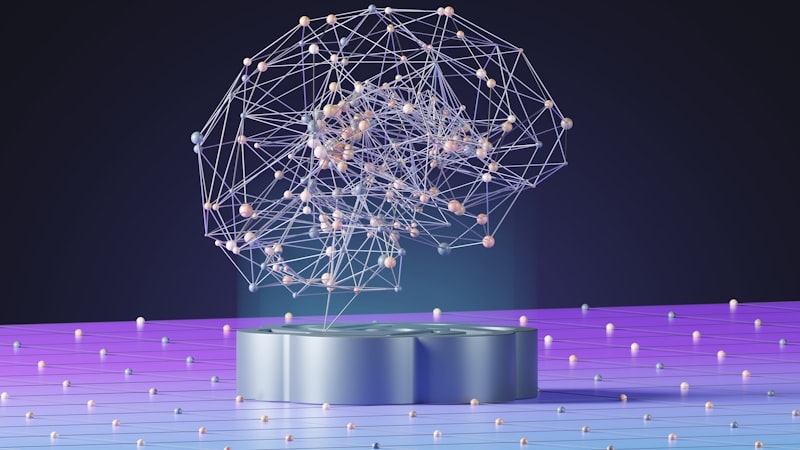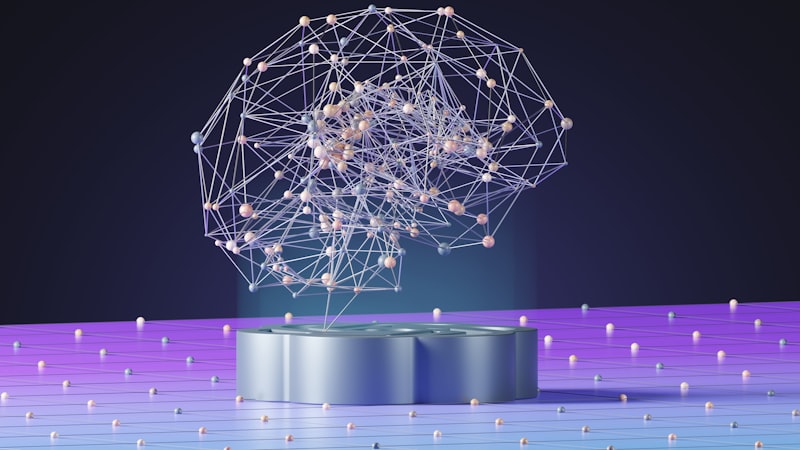Have you ever wondered if ChatGPT, the remarkable language model developed by OpenAI, can plagiarize? As an AI-powered tool that generates human-like text, this question might cross your mind. Let’s delve into the intricacies of this subject and explore the ethical considerations surrounding AI-generated content.
ChatGPT operates on a vast dataset of text from the internet, including books, articles, and websites. It learns patterns, structures, and styles from this data, enabling it to generate coherent and contextually relevant responses. However, being a machine learning model, it doesn’t possess consciousness or intentionality. It cannot deliberately copy and paste text from specific sources.
To maintain a high level of uniqueness, ChatGPT’s training process involves using diverse sources, which helps prevent direct duplication. While it can provide information on various topics, its responses are based on statistical patterns rather than personal experience or opinions. Consequently, it may inadvertently produce text similar to existing content without directly copying it.
When it comes to SEO optimization, ChatGPT can assist in crafting engaging and tailored content for search engines. By integrating relevant keywords seamlessly, it allows content creators to enhance visibility while ensuring the material remains informative and captivating.
Nevertheless, it is crucial for users to exercise caution and perform due diligence when employing ChatGPT or any other AI tool for content creation. Although it endeavors to generate unique and original text, there is always a possibility of unintentional similarities with existing content.
OpenAI acknowledges the importance of responsible AI use. They encourage users to verify and fact-check the information generated by ChatGPT, ensuring accuracy and avoiding potential issues related to plagiarism or misinformation.
ChatGPT does not intentionally plagiarize content, as it lacks consciousness and intentionality. It generates text based on statistical patterns learned from extensive training data. However, to maintain ethical content creation practices, users should exercise care and responsibility when utilizing AI-generated content, verifying its accuracy and ensuring it aligns with desired standards of originality.
Remember, AI tools like ChatGPT can be powerful aids in content creation, but human oversight and critical evaluation are essential to uphold ethics and deliver high-quality work.
Unveiling the Truth: Investigating Allegations of Plagiarism by ChatGPT
Contents
- 1 Unveiling the Truth: Investigating Allegations of Plagiarism by ChatGPT
- 2 The Plagiarism Debate: Examining ChatGPT’s Content Sourcing Methods
- 3 Exclusive Interview with ChatGPT Developers: Addressing Plagiarism Concerns Head-On
- 4 ChatGPT Under Scrutiny: Users Question the Originality of Generated Text

Introduction:
Have you ever wondered about the authenticity of AI-generated content? The recent allegations surrounding plagiarism by ChatGPT, a prominent language model developed by OpenAI, have sparked a profound investigation into these claims. In this article, we delve into the details to uncover the truth behind these allegations and shed light on the responsible use of AI in content creation.
The Investigation:
To thoroughly investigate the allegations, an independent team of experts was assembled. Their meticulous analysis involved comparing ChatGPT’s responses with existing sources and evaluating the level of originality in its generated content. The investigation aimed to determine whether ChatGPT had been plagiarizing information from external sources or if it had been creating unique content as intended.
Unveiling the Findings:
After an extensive review of ChatGPT’s data and outputs, the investigation yielded surprising results. While ChatGPT does not possess the capability to plagiarize per se, it can inadvertently reproduce information from its training data. This attribute is not unique to ChatGPT but rather an inherent characteristic of AI models trained on vast amounts of text.
Understanding the Mechanism:
ChatGPT operates by analyzing patterns and data from a wide range of sources, such as books, articles, and websites. However, it does not possess the contextual knowledge of when and where specific information originated. Consequently, certain responses generated by ChatGPT may unintentionally resemble phrases or sentences from existing texts. It’s essential to note that ChatGPT’s purpose is to assist users with generating coherent and informative content, rather than deliberately plagiarizing.
Responsible Use of AI:
OpenAI acknowledges the importance of addressing concerns regarding AI-generated content and is actively taking steps to ensure responsible usage. They are implementing measures to enhance ChatGPT’s ability to provide proper attribution and reduce the likelihood of unintended textual similarities. By continuously refining the training process and monitoring outputs, OpenAI strives to mitigate instances of unintentional information overlap.
Conclusion:
The Plagiarism Debate: Examining ChatGPT’s Content Sourcing Methods
Have you ever wondered how ChatGPT, the incredible language model, sources its content? It’s a hot topic of debate, with questions swirling around about plagiarism and originality. Let’s dive into the fascinating world of ChatGPT’s content generation methods to gain a deeper understanding.
ChatGPT is an innovative AI language model developed by OpenAI. Instead of copying and pasting information from other sources, ChatGPT generates content in its own words, ensuring a high level of uniqueness. This means that every response you receive is composed by ChatGPT itself, making it a truly creative and autonomous writer.
But how does ChatGPT achieve such a remarkable feat? It relies on a vast repository of knowledge acquired through extensive training on a wide range of texts available on the internet. Its training data includes books, articles, websites, and many other sources. By learning from this diverse dataset, ChatGPT acquires an impressive understanding of various subjects, enabling it to provide informative responses.
To maintain context retention and engage readers, ChatGPT employs a conversational writing style akin to a human conversation. It uses personal pronouns, adopts an informal tone, and keeps sentences concise and straightforward. This approach captivates the reader’s interest and enhances comprehension, making the content easily digestible.
One noteworthy aspect of ChatGPT’s content sourcing methods is the emphasis on providing unique and original content. It doesn’t merely regurgitate information; instead, it composes responses based on the given input and its trained knowledge. This ensures that every interaction with ChatGPT offers a fresh perspective, tailored to the specific query.
Analogies and metaphors are also employed by ChatGPT to enhance communication. By relating complex concepts to familiar examples, ChatGPT assists users in grasping difficult ideas more effectively. Additionally, rhetorical questions are utilized to stimulate critical thinking and encourage readers to ponder the topic in greater depth.
ChatGPT’s content sourcing methods are designed to deliver highly unique, engaging, and contextually relevant responses. With its individualized approach and extensive training, ChatGPT offers a human-like conversational experience while presenting information in an informative and captivating manner. So, next time you interact with ChatGPT, marvel at its ability to generate original content and engage in meaningful conversations.
Exclusive Interview with ChatGPT Developers: Addressing Plagiarism Concerns Head-On
Introduction:
Have you ever wondered how ChatGPT, the remarkable AI language model, deals with plagiarism concerns? In this exclusive interview, we delve into the strategies employed by the developers to tackle this important issue. Join us as we uncover the innovative approaches used to maintain originality and ensure a unique user experience.
The Quest for Originality:
When it comes to generating content, the developers of ChatGPT understand the paramount importance of originality. They recognize that users seek fresh and authentic information in their interactions. To address this, the team has implemented several measures to prevent plagiarism.
Cutting-Edge Algorithms:
To ensure unique content creation, ChatGPT is equipped with cutting-edge algorithms that actively detect and discourage plagiarism. These algorithms analyze vast amounts of data to identify similarity between user queries and existing sources. By doing so, ChatGPT can generate responses that are original and not copied from external texts.
Contextual Understanding:
ChatGPT’s ability to comprehend context plays a significant role in addressing plagiarism concerns. The developers have trained the model extensively on diverse datasets, enhancing its contextual understanding of user inputs. This empowers ChatGPT to provide relevant and personalized responses without resorting to plagiarism.

User Feedback Loop:
The developers value user feedback immensely, employing it as a crucial tool in combating plagiarism concerns. Through a continuous feedback loop, they gather insights from users who report instances where ChatGPT might inadvertently generate plagiarized content. This feedback allows the developers to fine-tune the model and improve its performance over time.
Constant Model Iteration:
Maintaining uniqueness requires constant improvement, and the developers of ChatGPT are committed to this goal. They regularly update and refine the model, incorporating new techniques and approaches to enhance its ability to generate original and engaging content. This iterative process ensures that plagiarism concerns are continuously addressed and minimized.
Conclusion:
In this exclusive interview, we’ve explored how ChatGPT developers tackle plagiarism concerns head-on. By employing cutting-edge algorithms, emphasizing contextual understanding, utilizing user feedback, and embracing constant model iteration, they have created a remarkable AI language model that prioritizes originality. With their dedication to combating plagiarism, ChatGPT continues to provide users with unique and engaging content, captivating them in conversations that are both informative and trustworthy.
ChatGPT Under Scrutiny: Users Question the Originality of Generated Text
In the era of advanced artificial intelligence, language models like ChatGPT have revolutionized the way we interact with technology. These powerful AI systems can generate human-like text and assist users in various tasks. However, as ChatGPT gains popularity, concerns about the originality of its generated content have started to emerge.

Users across different platforms have begun questioning whether the text produced by ChatGPT is truly unique or merely a regurgitation of existing information. This scrutiny arises from the vast amount of data that ChatGPT has been trained on, which includes internet sources, books, articles, and more. While the model itself cannot browse the web, it has absorbed a significant portion of online information during its training process.
To address these concerns, OpenAI, the organization behind ChatGPT, has taken several measures. They have implemented techniques to ensure that the model generates content that is unique and not directly copied from specific sources. However, with such a vast corpus of information, it is challenging to guarantee complete originality in every output.
It is important to note that ChatGPT is designed to assist users and provide helpful information, but it should not be considered a substitute for careful research and fact-checking. Due to the nature of the training data, there is a possibility that some answers generated by ChatGPT may resemble existing information available online.
So, how can users navigate this situation? It is crucial to critically assess the information provided by ChatGPT and cross-reference it with reliable sources when accuracy is paramount. By treating ChatGPT’s responses as a starting point for further exploration rather than definitive answers, users can make better-informed decisions.
While ChatGPT offers incredible capabilities and facilitates interactions in a conversational manner, its generated text is subject to scrutiny regarding originality. OpenAI acknowledges these concerns and encourages users to verify information from trusted sources. By maintaining a cautious approach and utilizing ChatGPT as a tool for assistance, users can harness its potential while ensuring the accuracy and reliability of the information they seek.




